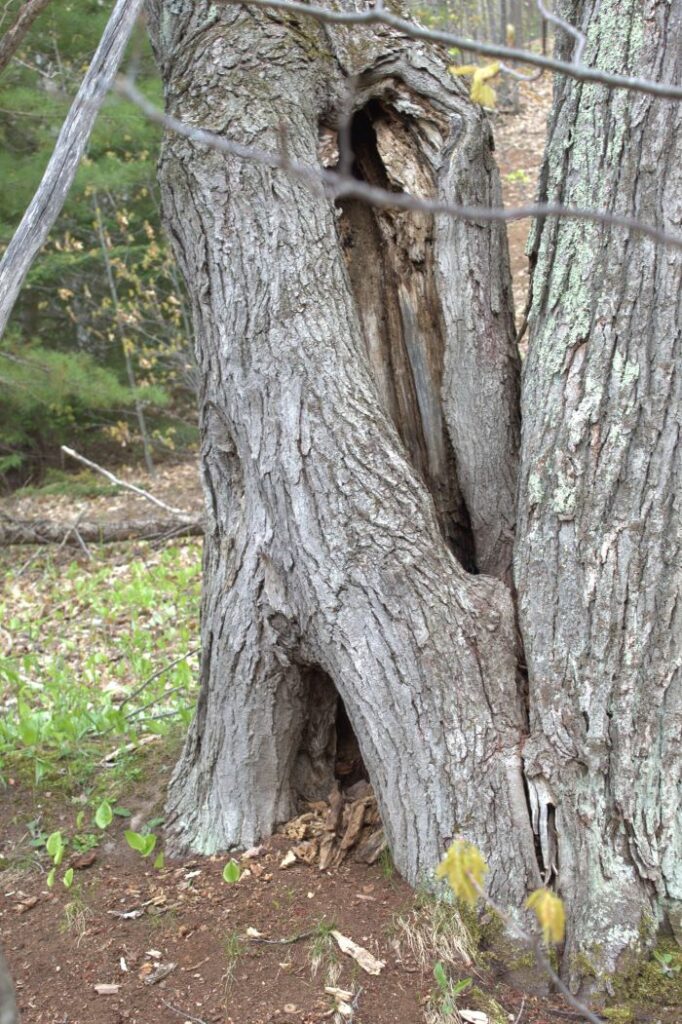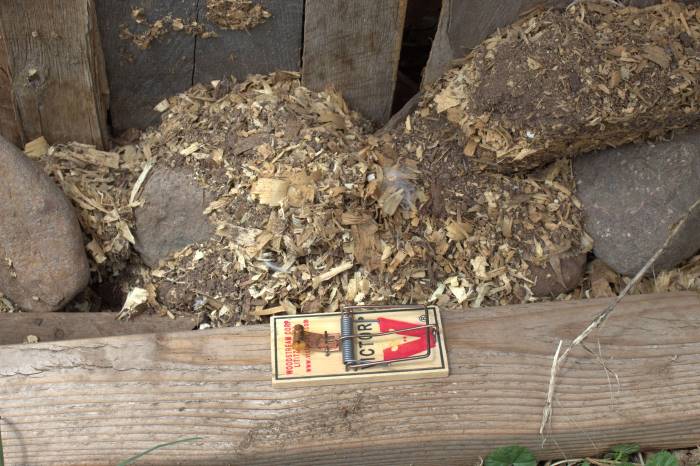Survival of the Fittest Smartest
Food costs and everything else right now is on the rise. This has led to an increasing number of people becoming interested in starting a garden or learning how to hunt and fish. Skills such as these were commonplace only a handful of decades ago, but they have been allowed to grow stagnant due to an increasingly efficient logistic system. Now, as that logistic system begins to deteriorate in the wake of a parade of geopolitical issues, there has never been a better time to get reacquainted with those skills our forbearers grew up with.
But before you start to don your camouflage and sling your muzzleloader, we need to explore our present reality. There seems to be a sentiment among those interested in survival or emergency preparedness that everything will be fine once the store shelves are bare if one can bugout to a rural area and sup on the endless feast of nature’s bounty. If only this were true! Unfortunately, nature consists of finite resources. Just look at the passenger pigeon, a species of bird whose flocks numbered in the millions and would sound like thunder in the distance. There were no limits on how many hunters could harvest. That is until the last known passenger pigeon died in 1914. Now imagine a city as densely populated as New York, with nearly 19 million individual humans as of 2022, and think of how long “nature’s bounty” would last if each of those people dispersed into the surrounding countryside in search of food. In this scenario, it stands to reason that any available food resources, plant or animal, would vanish very quickly.
 Trees with large open cavities provide shelter and food for a variety of species, and make for a more obvious trapping site.
Trees with large open cavities provide shelter and food for a variety of species, and make for a more obvious trapping site. The modern equivalent to the cavity of a tree, culverts such as these are frequently used by small creatures in more developed areas to travel, hide and sometimes live.
The modern equivalent to the cavity of a tree, culverts such as these are frequently used by small creatures in more developed areas to travel, hide and sometimes live.
Fortunately, there is a skill from the pioneering days of yore that comes in very handy in any region, urban or rural, and that is the lost art of trapping. Presently most trapping is obsolete, but before industrialization and commercial farming, trapping on the North American continent was a booming industry. Trapping was often used in conjunction with small family farming to supplement supplies for clothing, meat, and a variety of other animal by-products to sustain human life throughout the year. These days, trapping is used primarily as a method of pest control, although there are some places that still trap for particular types of fur. Regardless of what trapping has been and still is used for, the skill of being able to set a trap targeted for a particular species is an underrated and mostly overlooked, life-saving skill.
Take your favorite survival show as an example. One of…
